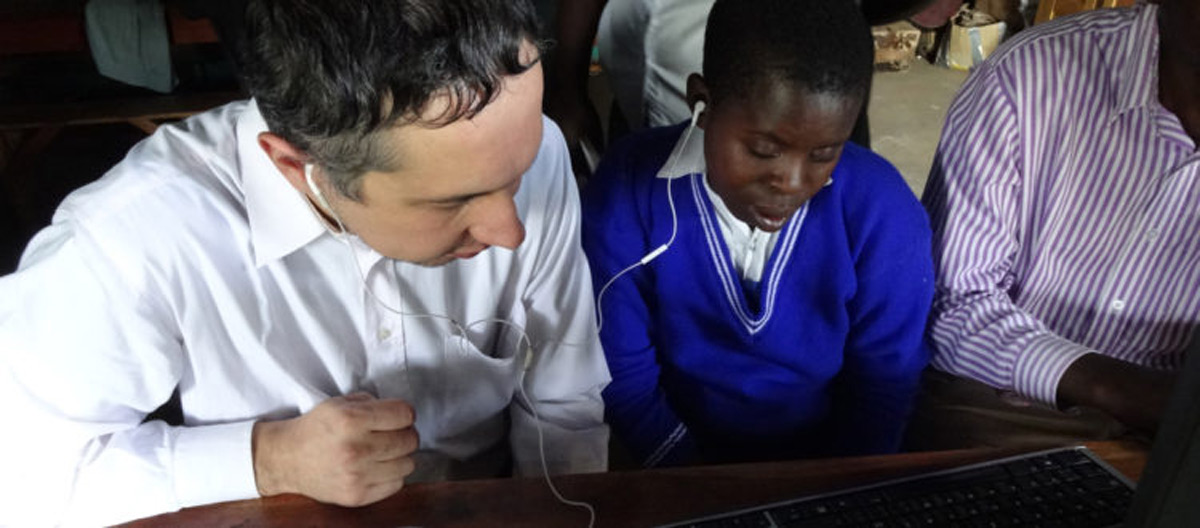Computer Technology for Children with Special Needs

This project aims to improve the well-being and education opportunities for children with special needs through training in computing and adaptive technology at Kisoro Demonstration School, Hornby High School, St Francis Primary and Secondary Schools.
Special needs children are among the most marginalised groups in Uganda and are often not given the chance to attend school to develop cognitively or physically. This 42-month project in two schools in southwest Uganda focuses on training teachers and special needs students in adaptive computer technology, primarily to learn maths and English. At Kisoro, the project aims to further develop study opportunities and fund new study resources for visually impaired children as well as opening up computer training/adaptive technologies to deaf and other special needs children and building staff capacity in computing skills. The school aims to better integrate special needs pupils into classes with sighted children and to enhance and develop bespoke learning materials, including audio books. The project will also be rolled at Hornby High School, one of only two secondary schools for the blind in Uganda. Adaptive technology will be introduced to the school’s 18 blind/visually impaired students for the first time; together with books for the blind; training for staff in speech-enabled technologies/learning materials and dedicated braille education for two teachers over two years. This project will also be rolled out in St Francis Primary and Secondary School for the blind in Soroti. This project is run in partnership with Dr Cristian Bernareggi, professor of computer science at Milan University.
Location: Kisoro and Kabale districts in southwestern Uganda, Soroti in northwestern Uganda
Local Partners: Kisoro Demonstration School, Hornby High School and St Francis Primary and Secondary
Beneficiaries: Visually and hearing impaired children at both schools; 320 other students trained in computing, two teachers obtaining a university degree training in special needs education and 14 other teachers trained in basic computer skills.